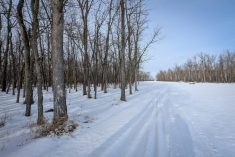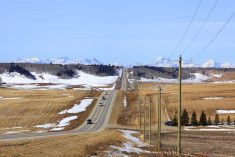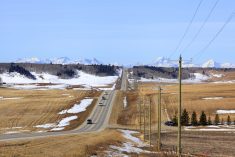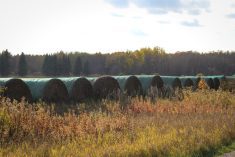Alberta’s ag societies and livestock auction marts are offering up pen space for producers forced to evacuate animals away from dozens of wildfires in the province’s northern and west-central regions.
As of early Thursday evening, the province was tracking 76 active wildfires, of which 22 were listed as “out of control” and 17 as “being held,” with 37 deemed under control.
The Alberta government on Saturday declared a provincial state of emergency, a legal status which allows for a higher level of intergovernmental co-ordination, around-the-clock situation monitoring, emergency discretionary funds and the ability to mobilize additional supports.
Read Also
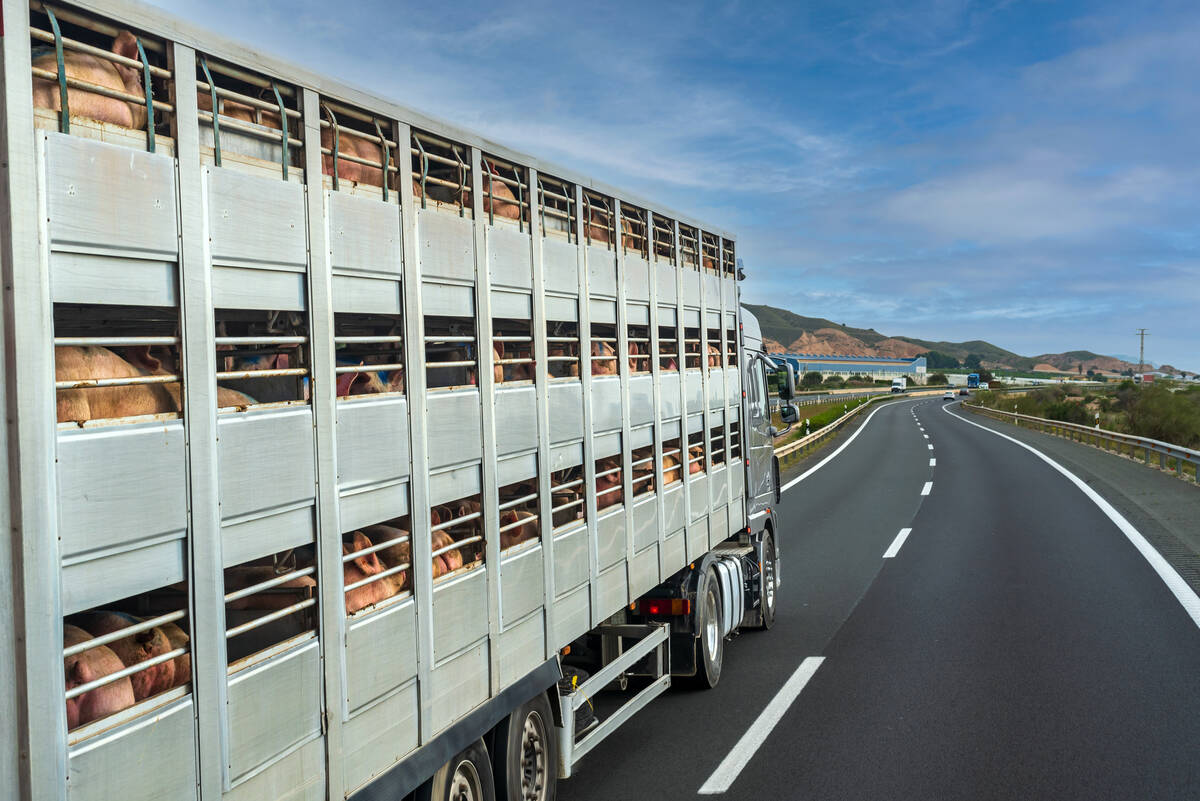
Canada, Philippines make African swine fever zoning agreement
Canada and the Philippines have signed an African swine fever (ASF) zoning arrangement, a measure that should ensure trade can continue between the countries during outbreak of the disease.
Firefighting in central parts of the province has benefited from recent moisture and cooler temperatures, the province said Wednesday, but added that conditions are expected to get hotter and drier by the weekend.
Fire danger remains “extreme” in many northern areas, the province said Wednesday, adding that “despite cooler temperatures elsewhere, a wildfire can still start easily and spread quickly in these conditions.”
The province on Wednesday advised producers to contact the Alberta Association of Agricultural Societies if seeking space for evacuated livestock. The association has an online list of contacts for local ag societies offering assistance.
Alberta Beef Producers, on its website, also offers a map of facilities such as rodeo and sports grounds made available for evacuated animals, along with listings of other resources for affected ranchers.
The organization also notes some members of the Alberta Auction Markets Association may have space available; the association can be reached at 780-789-3915 (north) or 403-358-0456 (south).
To help keep track of evacuated livestock, Animal Health Canada’s emergency management division has a template of a livestock evacuation documentation form on its website.
The province has reiterated that any evacuated farmers and ranchers can contact the provincial wildfire resource line at 310-4455 with ag- or livestock-related questions, and should also register at the evacuees’ reception centre for their community so staff can connect them with any needed resources.
Evacuated livestock producers may also need re-entry permits if they want to go back into an evacuated area to check on livestock, and should check with their municipality before entering, the province said.
The province’s Agriculture Financial Services Corp. (AFSC) said Wednesday its lending clients may be eligible for financial relief including payment deferrals, loan restructuring or approvals of short-term working capital loans.
Perennial crop producers with acres under moisture deficiency insurance (MDI) have a pasture spot loss fire benefit for fires caused by accident and/or lightning, triggered by a minimum burn of 100 acres, AFSC noted.
Annual crop growers with a hail endorsement on insured acres are covered for losses caused by accidental fire or fire by lightning, AFSC added. Producers with hay insurance and/or annual production insurance who have not elected the hail endorsement option are covered for fire caused by lightning, but not for accidental fires.
AFSC also noted the federal/provincial AgriStability ag income stabilization program will consider losses caused by accidental fire or fire by lightning when calculating a participant’s program year margins.
Evacuations
Communities covered by 13 full or partial evacuation orders as of Wednesday evening had included Drayton Valley, Fox Creek, Lac Ste. Anne, Rainbow Lake; the counties of Brazeau, Grande Prairie and Yellowhead; the Whitefish Lake, Sturgeon Lake Cree, Little Red River Cree (Fox Lake), O’Chiese and Beaver First Nations; the Gift Lake and East Prairie Metis settlements; and the municipal district of Greenview. As of Wednesday evening, 15 evacuation alerts were also in effect.
As of Thursday evening, however, the province reported nine evacuation orders remained in effect, covering a total of 16,493 evacuees. It also confirmed the evacuation order has been lifted for the remainder of Yellowhead County.
The province reported Thursday that the Canadian Armed Forces has deployed members of the Third Battalion, Princess Patricia’s Canadian Light Infantry (3PPCLI) and One Combat Engineer Regiment (1CER) to the Grande Prairie, Fox Creek and Drayton Valley areas. Army reserve soldiers from across the province are also deploying this week, the province said.
Over 800 wildland firefighters from multiple provinces, along with heavy equipment and airtankers, were responding to wildfires in Alberta as of Thursday evening.
Canadian National Railway, which said May 6 it had suspended service on its Edson subdivision running from Edmonton and Jasper due to fires in the Edson area, resumed operations on that section of its mainline the following Monday.
“Network fluidity was affected as train speed was reduced, and safety crews were required to spray tracks with water after every train,” CN said in its most recent weekly report on western Canadian grain handling.
The May 6-8 stoppage “also impacted the movement of traffic headed to the Edson subdivision, as dozens of trains in the western region were forced to wait until the danger had passed.” — Glacier FarmMedia Network





